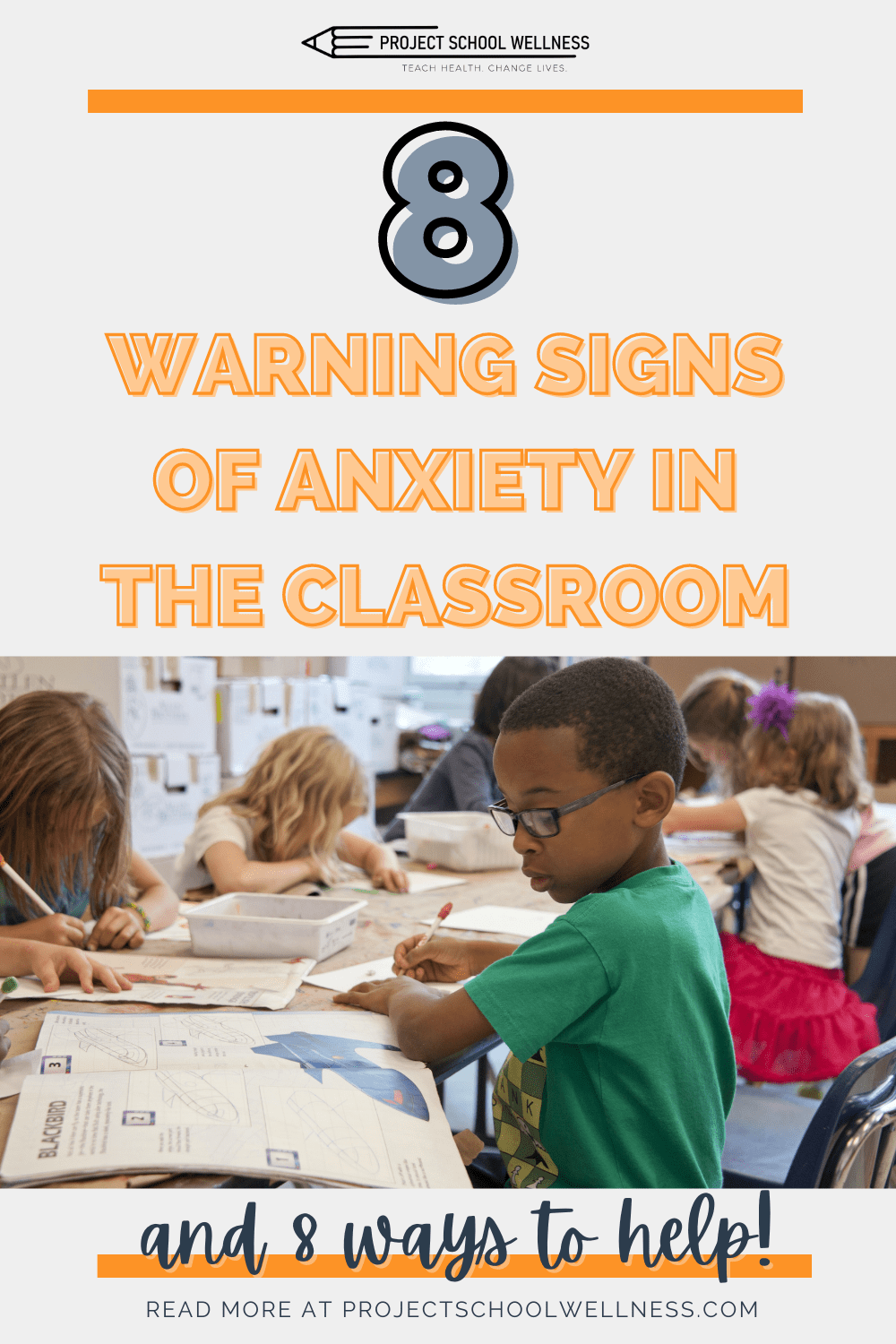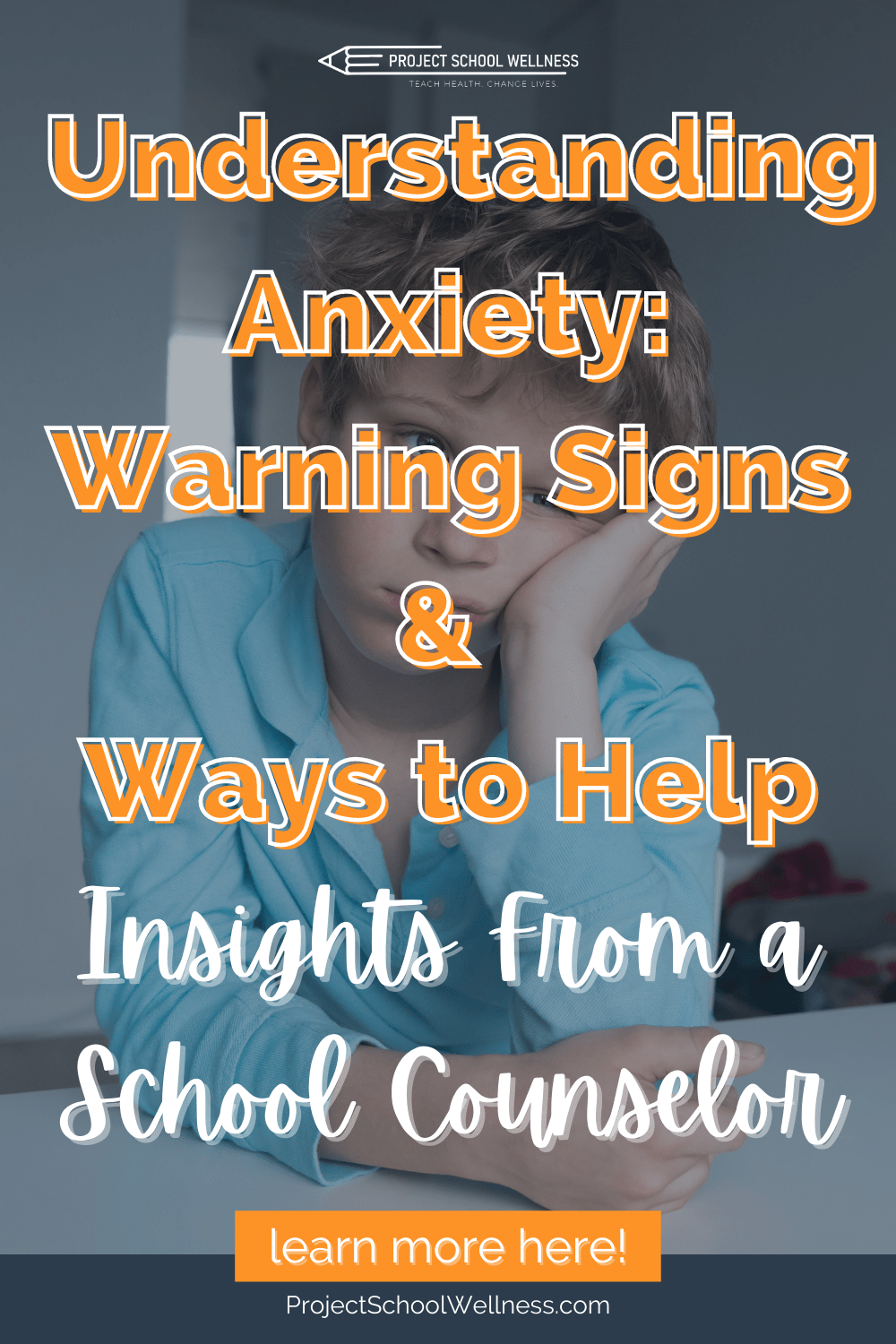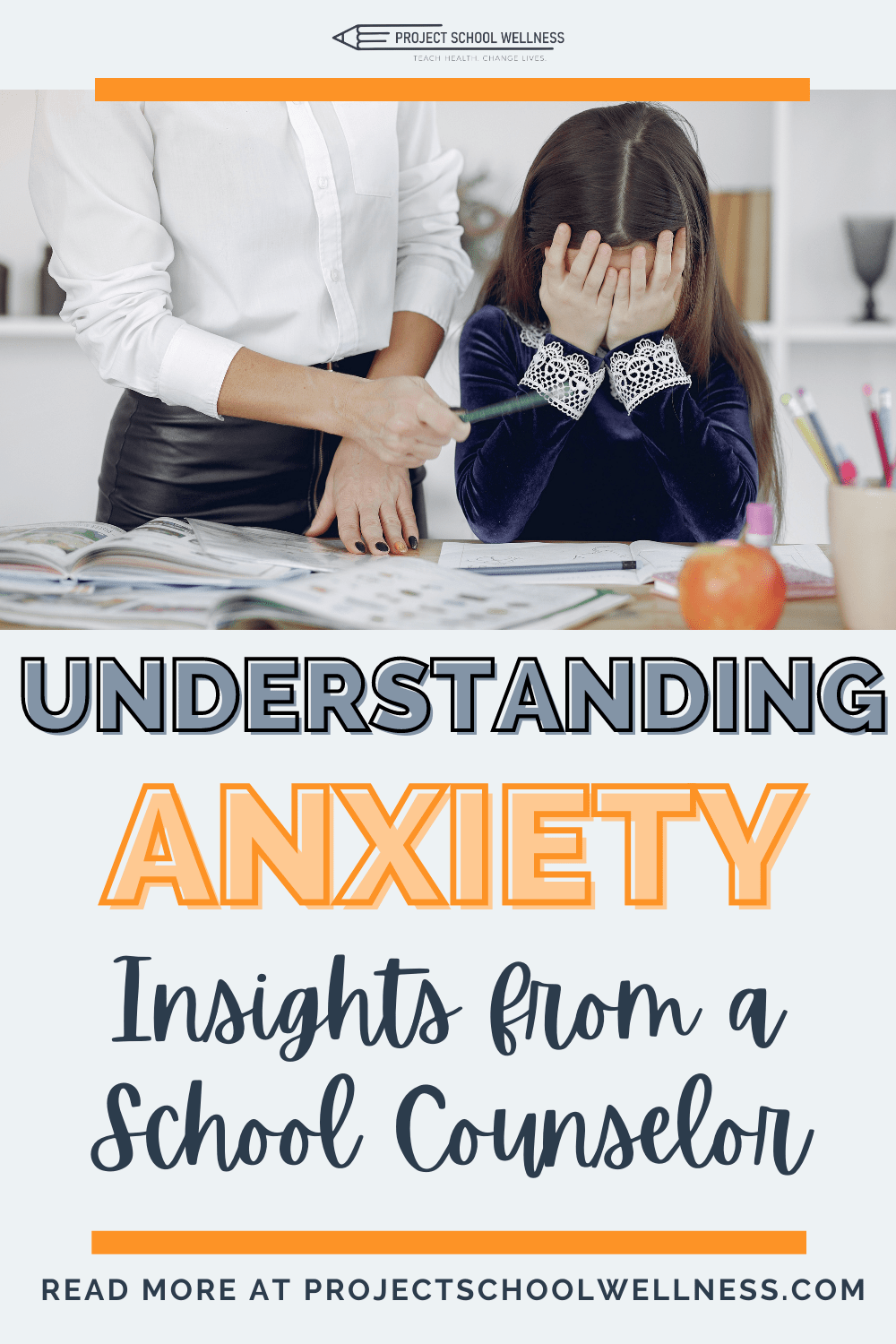Understanding Anxiety: Warning Signs & Ways to Help
Insight From a School Counselor
Tips from a School Counselor on Understanding Anxiety
Anxiety is a hot topic in schools. It feels like each year we're encountering more and more students dealing with anxiety. Unfortunately, between my district's lack of proper training and support and my shortcoming in trying to understand, I've been failing my students (read more on that here).
And if you're reading this, I'm guessing your experience hasn't been much different. So today, I've asked school counselor extraordinaire (and stunning photographer), Nathalie Mazo,* to lend us her expertise and share a few warning signs of anxiety and simple ways we can help students when they're feeling anxious.
The Warning Signs of Anxiety in Students
Recognizing anxiety isn't always easy. While some students are "flagged" from the get-go, others may go completely unnoticed. To help identify students who have anxiety, Nathalie shares eight signs to look out for:
- Lack of participation in class
- Decreased attendance or regular tardiness
- Perfectionism
- Frequent requests to see the nurse
- Problems concentrating
- Missed deadlines
- Lack of eye contact
- Frequent requests to use the bathroom
How to Help Students With Anxiety
Recognizing anxiety is only the first step. Once we see that a student is feeling anxious, how can we help them? Nathalie recommends aiming to build self-regulation skills rather than trying to eliminate anxiety. Within this framework, the goal is to help students be "stress-smart" and increase mindfulness.
Here are eights ways to help students build self-regulation skills:
- Starting on the right foot. As teachers, we play an influential role in setting the tone for students. At the beginning of each class, you can ask students to breathe deeply and become aware of their surroundings. Additionally, each day you can repeat a positive mantra to reassure students.
- Example mantra: “You are safe in this classroom. You are wanted and belong here. You are a bright and smart individual. And if you have an issue, you may call upon me, and I am here to help you.”
- Take a break. We can help students self-regulate by giving them opportunities to relax their brains. School is a massive brain exercise. And like with all intense workouts, we need a break to rejuvenate.
- Teacher Tip: Add a few brain breaks into your routine. Three minutes there, five minutes here. Just a few minutes a day can make a big difference.
- Keep you grounded. If a student seems fidgety or restless, a grounding exercise may be useful. To do this, you can pull them aside and ask them to verbalize what they are feeling. As they begin to describe their emotions, you can use some grounding techniques such as “Tell me five things you observe in this classroom.” This quick exercise can help them use their senses to calm down.
- It's okay to step away. Students need to know that it's okay to leave stressful situations to do something more low key.
- Example: If you see a kid having a hard time concentrating and getting stressed, you can model this by saying something like, "I probably should be doing some grading right now, but I rather sit down for a moment with you.”
- Write it out. Doodling, coloring, and writing can be a great way to be stress-smart. When a student is stressed or emotional, why not give them the opportunity to stop what they're doing and take a few minutes to write down their emotions in a special classroom journal, doodle on a blank piece of paper, or color on a mandala sheet.
- Speak positively. Positive talk should always be the goal. Even when students are struggling academically and behaviorally, we need to praise the successful moments.
- Teacher Tip: Use this free resource to acknowledge all the awesome things (big and small) your students do.
- Is this really true? Most anxious thoughts aren’t factual or actual. To help students keep their anxieties in check, students can ask themselves, "Is this true?"
Remember, It Takes a Village
Nathalie's final piece of advice is simple, you're not alone. When we're concerned about a student, it's vital that we collaborate with our admin, school counselors, and parents because it truly takes a village!



Free Curriculum Sample
Sign up to receive 11 free heatlh lesson plans from the Project School Wellness Curriculum!
Hello. I'm Janelle!
A middle school health teacher turned curriculum developer. I'm on a mission to share the easiest-to-teach, most impactful health lesson plans on the Internet. Because your time and energy is better spent on teaching and connecting, not on planning and prep.

